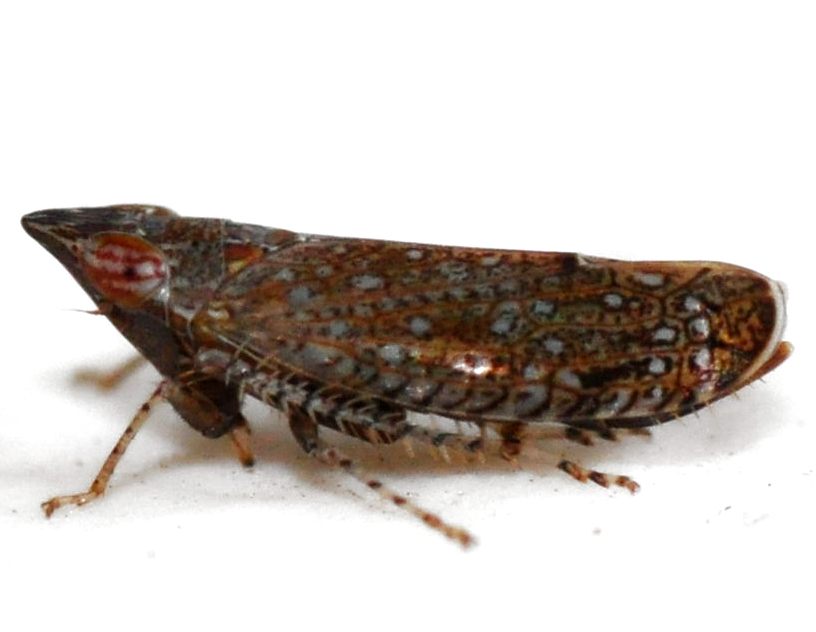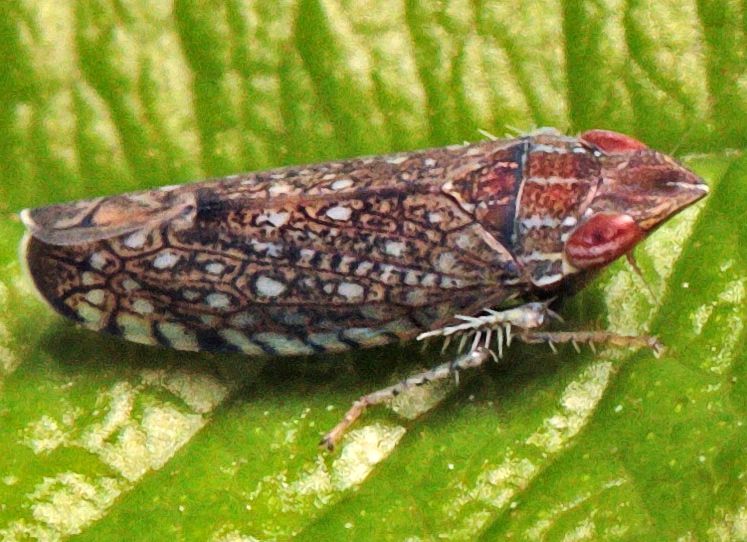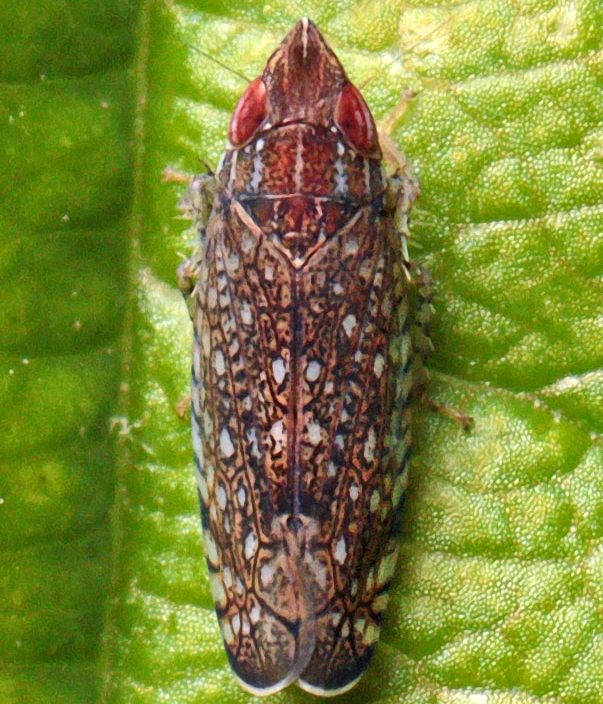| Comment: NOTE: A picture of the face and dorsal view showing the length of the head is needed to separate this species from others in the genus. Individuals of S. magdalensis can vary strongly from one another across the range of the species. S. magdalensis resembles female S. nigrifrons, which as the name implies have a dark face. However, nigrifrons is much darker overall than magdalensis.
S. magdalensis can resemble S. acutus dorsally and could be confused. However, magdalensis tends to have a shorter crown and an overall different color pattern. The biggest difference though is the face color: in magdalensis, the face is dark brown whereas in acutus the face is yellowish.
S. magdalensis is an important pest species for many plants, many of which are important agricultural crops; elm, palms, ornamentals, and grapevine are also affected. It is an important vector of blueberry stunt virus in the Northeastern United States. For more information, see the following link: UK. |

 »
»



 »
»

